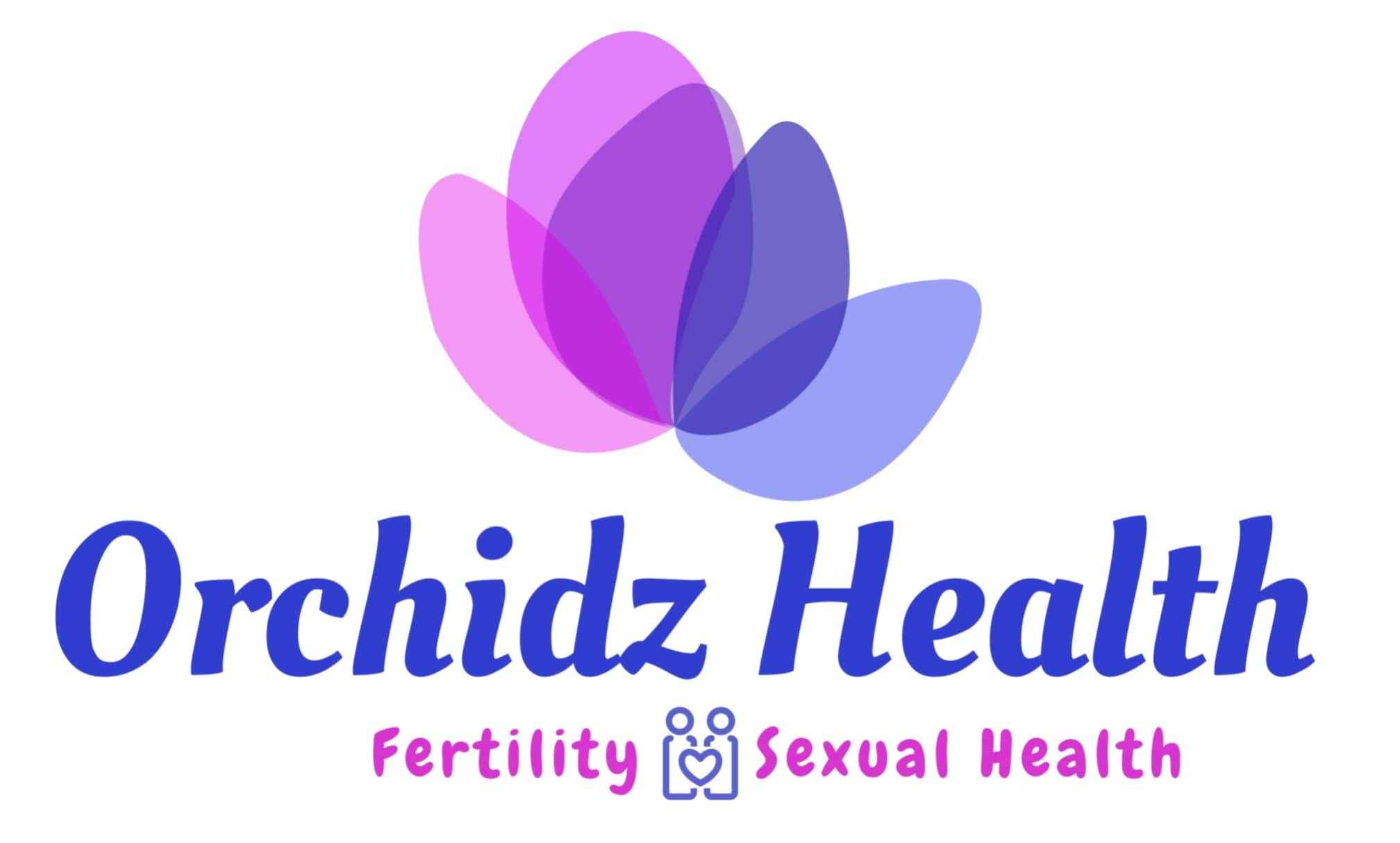Common Gynaecological conditions
Fibroid uterus

A common condition seen in 20-30% of women. It is the proliferation of fibrous tissue and muscle in the uterus. It is non cancerous growth. The risk of transformation into a cancerous growth is <1%.
- What symptoms can fibroids cause?
Most fibroids are aymptomatic and detected incidentally while undergoing scan for some other reason. Occasionally fibroids may cause increased flow during periods or painful cycles. If the fibroid is too large it may cause heaviness in the lower abdomen or women may feel a lump in the abdomen. It may be a cause of infertility or recurrent abortions, in some women.
- Do all fibroids need treatment?
The treatment depends upon the:
- Size of fibroid
- Symptoms caused by the fibroids
- Whether the woman has completed family
- Distance of the fibroid from the uterine cavity
Fibroids can be managed with medications or may require surgery.
Endometriosis

The growth of endometrium (inner lining of uterus) like tissue outside the uterus is called endometriosis.
- What are the symptoms associated with endometrisosis?
- Pain is the most common symptom associated with endometrisosis. It may present with pain during periods , pain during intercourse which may progress to chronic pelvic pain. Infertility is commonly associated with endometriosis.
- Endometriosis can spread to the non genital organs, such as intestines and bladder and cause symptoms.
- What is the treatment of emdometrisosis?
Endometrisosis treatment depends on several factors such as:
- Symptoms of the disease
- Desirous of pregnancy
- Age of the patient
- Spread / stage of the disease
Endometriosis can be managed medically or may require surgical interventions.
Adenomyosis

The presence and growth of endometrial tissue within the muscular layer of uterus is called adenomyosis.
- What are the symptoms associated with adenomyosis?
- Women with adenomyosis may experience severe bleeding during periods associated with pain. Pain is described as spasmodic intermittent pain which begins with the onset of menses. Women with adenomyosis may find it harder to conceive.
- On ultrasound, a large uterus with other features typical of adenomyosis may be seen. MRI is a reliable modality for reaching a diagnosis of adenomyosis.
- What is the treatment of adenomyosis?
The treatment depends on features such as:
- Age of the woman
- Symptoms experienced
- Fertility status
- Symptom relief for pain and increased flow
- Medications to suppress the disease process
- Surgery for complete cure
Most of the Gynecological conditions can be treated. Do not suffer in silence. Book your appointment with the best Gynecologist near you.


